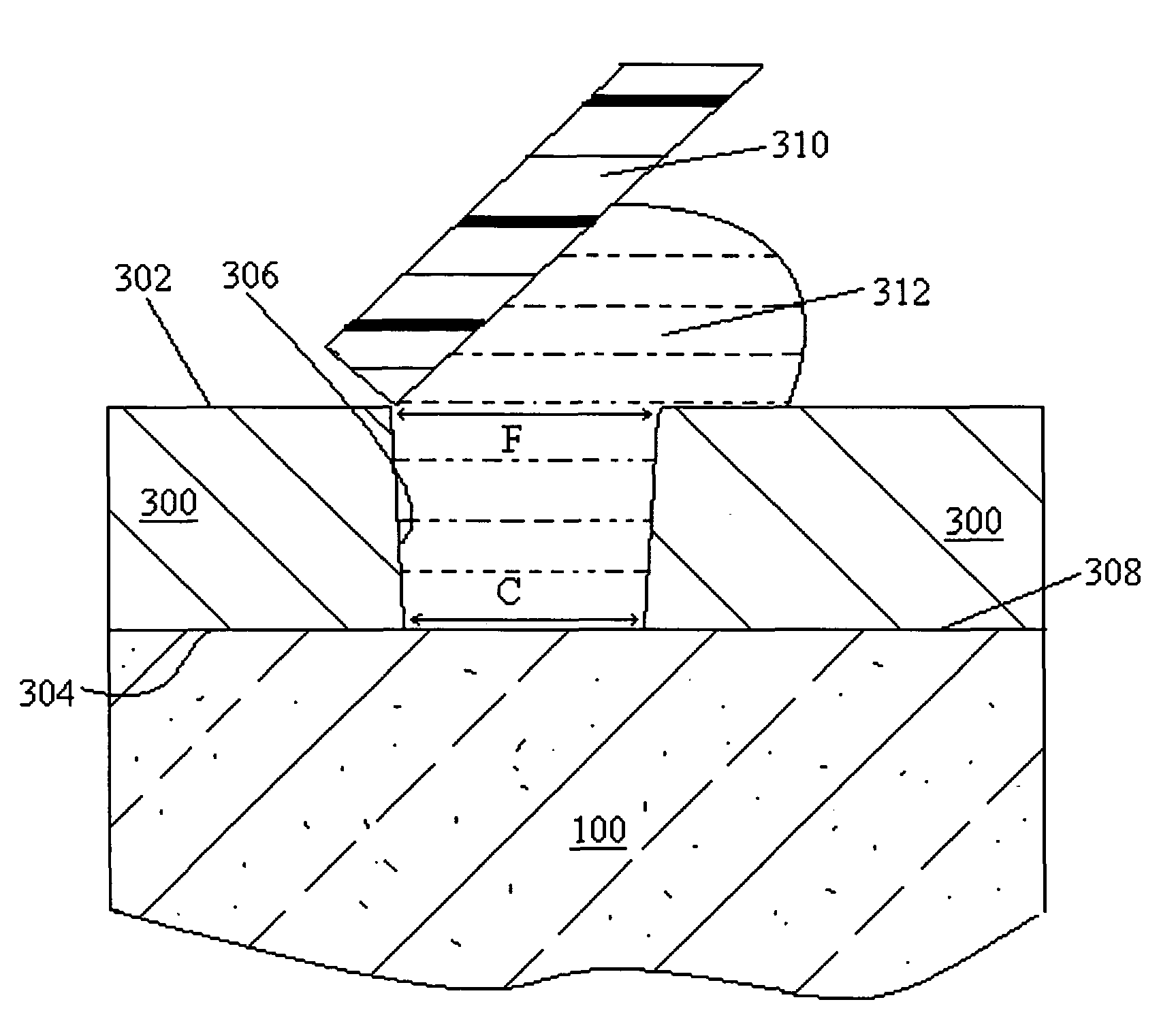Electroformed stencils for solar cell front side metallization
a solar cell and front side metallization technology, applied in the direction of photomechanical equipment, originals for photomechanical treatment, instruments, etc., can solve the problems of loss of line definition, ragged edges, and obstructed metallization ink flow
- Summary
- Abstract
- Description
- Claims
- Application Information
AI Technical Summary
Benefits of technology
Problems solved by technology
Method used
Image
Examples
examples
Baseline Tests
[0069]Tests were performed on laser cut stainless steel stencils with various dimensions, including 70 and 90 micrometer wide openings in 70 micrometer thick sheets. Two layouts were tested, one with and one without a busbar included. The busbar was in the form of a two mm wide opening connecting all of the fingers. Both layouts had, in total, 52 parallel lines.
[0070]The laser cut of the apertures varied in width, with wider and narrower areas. Some openings were sometimes as narrow as 35 micrometers, in which printing was feasible. The laser cut was relatively rough, most likely causing observed darker spots in the print due to difficulties with paste release. The design incorporating the busbar was impossible to print due to paste drop-out. The lines at the cell extremities were much wider than those near the center. Line thickness was acceptable; about 60 micrometers high when dried.
[0071]Testing was also performed on electroformed nickel stencils. Larger screens (1...
PUM
 Login to View More
Login to View More Abstract
Description
Claims
Application Information
 Login to View More
Login to View More - R&D
- Intellectual Property
- Life Sciences
- Materials
- Tech Scout
- Unparalleled Data Quality
- Higher Quality Content
- 60% Fewer Hallucinations
Browse by: Latest US Patents, China's latest patents, Technical Efficacy Thesaurus, Application Domain, Technology Topic, Popular Technical Reports.
© 2025 PatSnap. All rights reserved.Legal|Privacy policy|Modern Slavery Act Transparency Statement|Sitemap|About US| Contact US: help@patsnap.com



